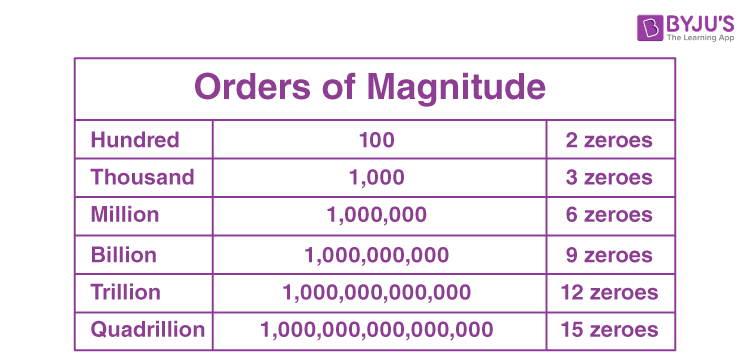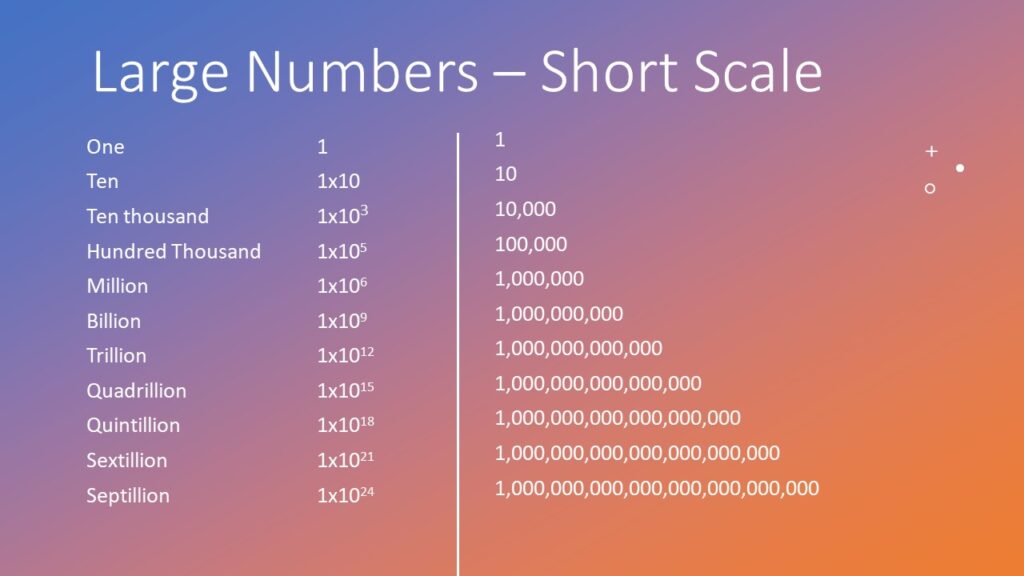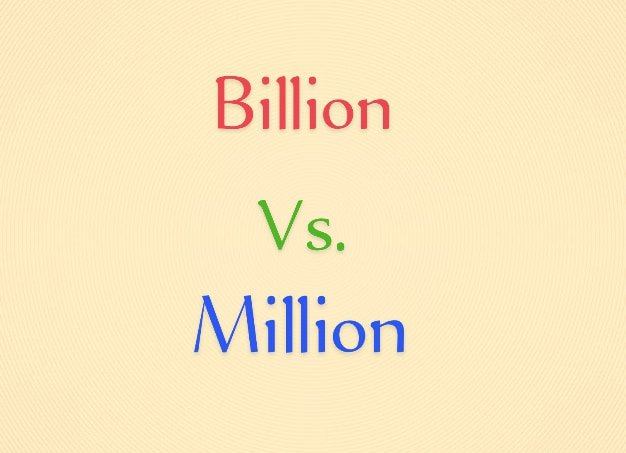40 Billion Divided By 350 Million

The sheer scale of the United States economy often makes multi-billion dollar figures feel abstract. But the announcement of a $40 billion investment aimed at benefiting a population of roughly 350 million Americans inevitably leads to a simple, yet potent question: what does that mean for the average person?
This question lies at the heart of the current discourse surrounding various government initiatives, philanthropic endeavors, and corporate investments. The task of dividing $40 billion across the U.S. population – resulting in approximately $114 per person – illuminates the complexities of wealth distribution and the challenges of making a tangible impact on individual lives.
The Arithmetic of Impact
Calculating the per capita figure is straightforward. Dividing $40,000,000,000 by 350,000,000 individuals yields approximately $114.29 per person.
However, this simple calculation masks the intricacies of how such funds are actually allocated and utilized. It is rarely, if ever, a direct distribution of cash to each citizen.
Instead, these investments are typically channeled through various programs, initiatives, and infrastructure projects.
Who Holds the Purse Strings?
The sources of these large sums of money vary. They can come from government budgets, private philanthropies, or corporate investments. Each source operates with different goals and priorities.
Government funding, for instance, is often directed towards addressing societal needs, such as infrastructure improvements, education, or healthcare. Federal programs, like those funded by the Infrastructure Investment and Jobs Act, aim to upgrade roads, bridges, and public transportation systems.
Philanthropic organizations, on the other hand, may focus on specific causes, such as poverty reduction, environmental conservation, or scientific research. The Gates Foundation, for example, invests billions of dollars annually in global health and development initiatives.
Where Does the Money Go?
The allocation of funds is rarely uniform across the population. Some initiatives target specific demographics, such as low-income families, veterans, or students.
Other investments may be geographically focused, aiming to revitalize struggling communities or address regional challenges. For instance, a $40 billion investment in renewable energy could create jobs in specific states and reduce carbon emissions nationwide.
Infrastructure projects, by their nature, are often localized, benefiting communities directly through improved transportation and utilities. The impact then is not felt evenly.
Examples in Action
Consider a hypothetical $40 billion investment in expanding access to affordable childcare. This could translate to subsidies for low-income families, grants for childcare providers, and investments in early childhood education programs.
While the per capita figure might be $114, the actual benefit to a family with young children could be significantly higher, potentially saving them thousands of dollars per year. Meanwhile, a childless person may not see any direct impact.
Another example would be a $40 billion investment in combating climate change. Funds could be allocated to renewable energy projects, energy efficiency upgrades, and climate resilience initiatives.
The Human Element
To illustrate the potential impact, consider the story of Maria, a single mother working two jobs to make ends meet. With expanded access to affordable childcare, Maria could afford to work fewer hours, spend more time with her children, and pursue educational opportunities.
Or consider John, a factory worker in a rust belt town. With investment in new infrastructure, his commute to work is significantly reduced, and the local economy starts to see an influx of new businesses.
These individual stories highlight the potential for large-scale investments to transform lives, even if the per capita figure seems relatively small.
The Lingering Questions
Despite the potential benefits, questions remain about the effectiveness and equity of these investments. Are the funds being allocated efficiently and transparently?
Are they reaching the people who need them most? Are there unintended consequences or disparities in the distribution of benefits?
Accountability and oversight are crucial to ensuring that these investments have a positive impact. Independent audits, public reporting, and community involvement can help to prevent waste, fraud, and abuse.
Beyond the Numbers
The equation of $40 billion divided by 350 million is more than just a mathematical exercise. It's a reflection of the complex relationship between wealth, policy, and human lives.
It challenges us to think critically about how resources are allocated and how we can create a more equitable and prosperous society for all.
While the per capita figure provides a starting point, it is the stories of individuals and communities that truly reveal the impact of these investments.



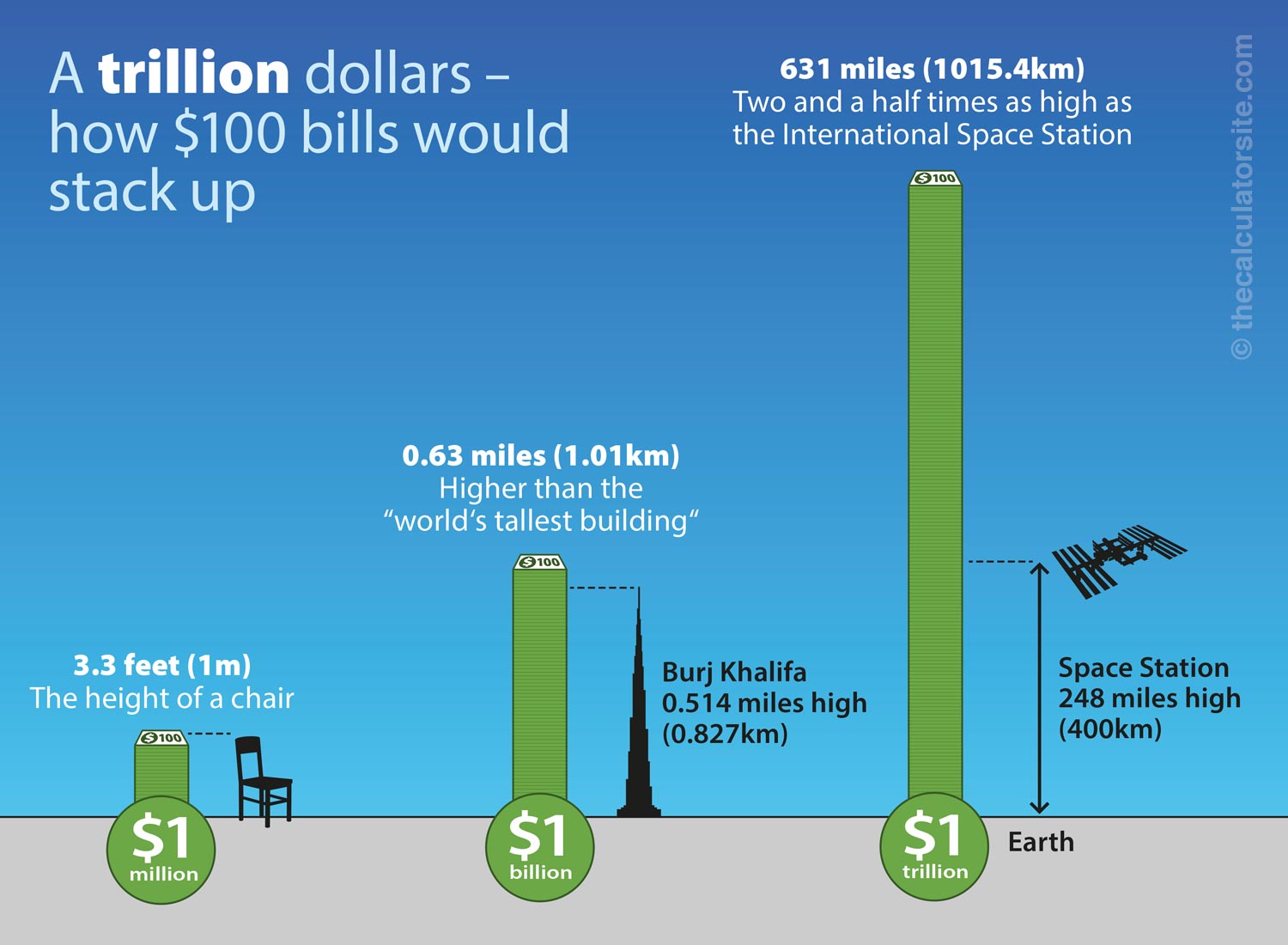
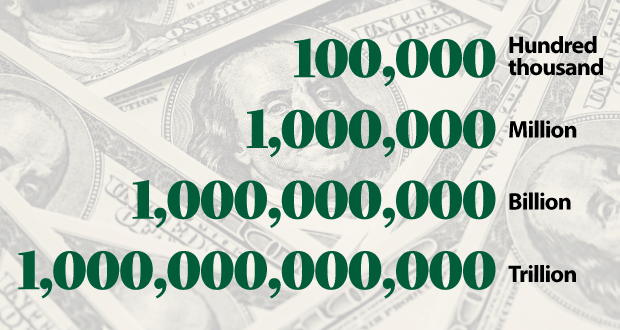
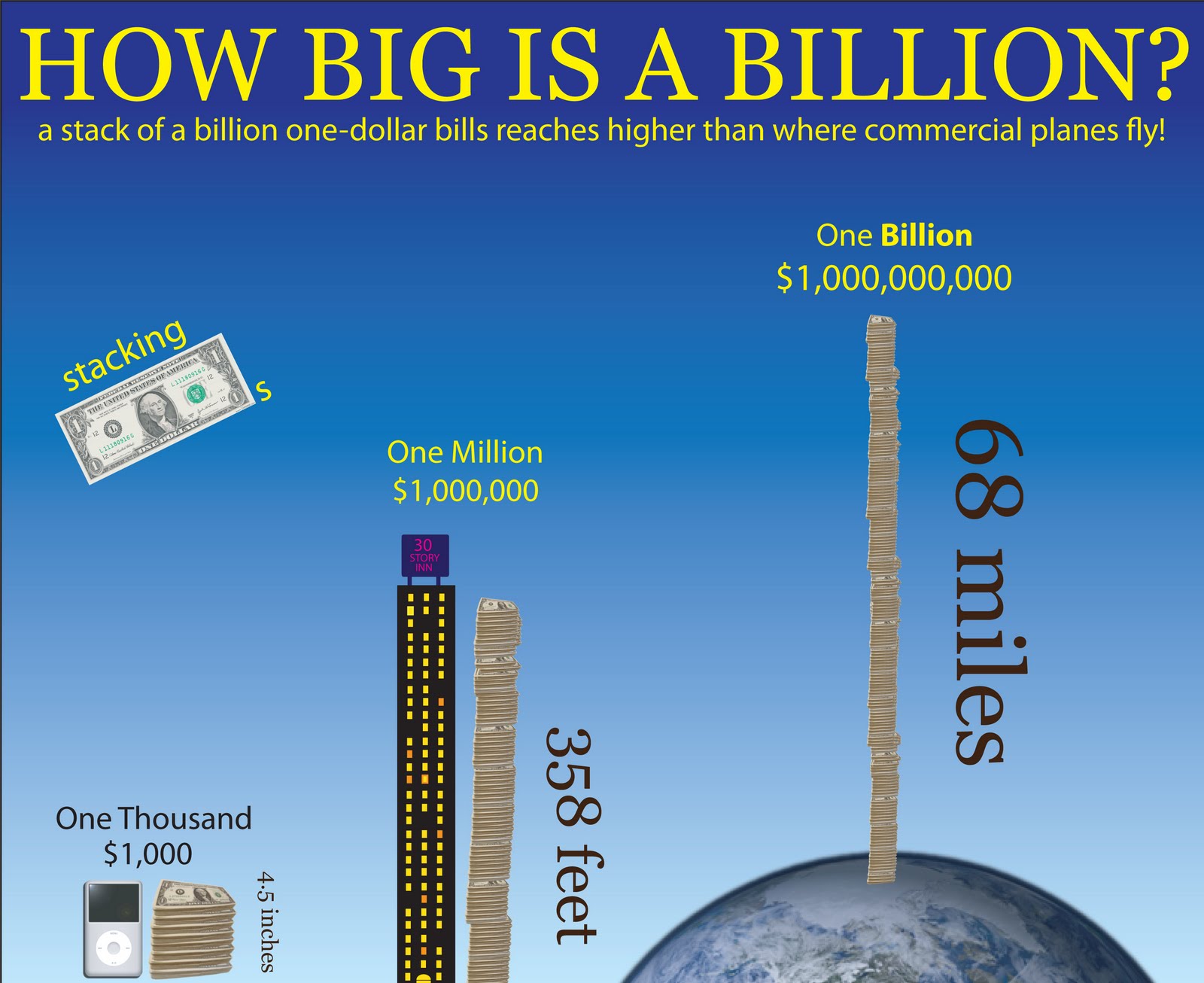
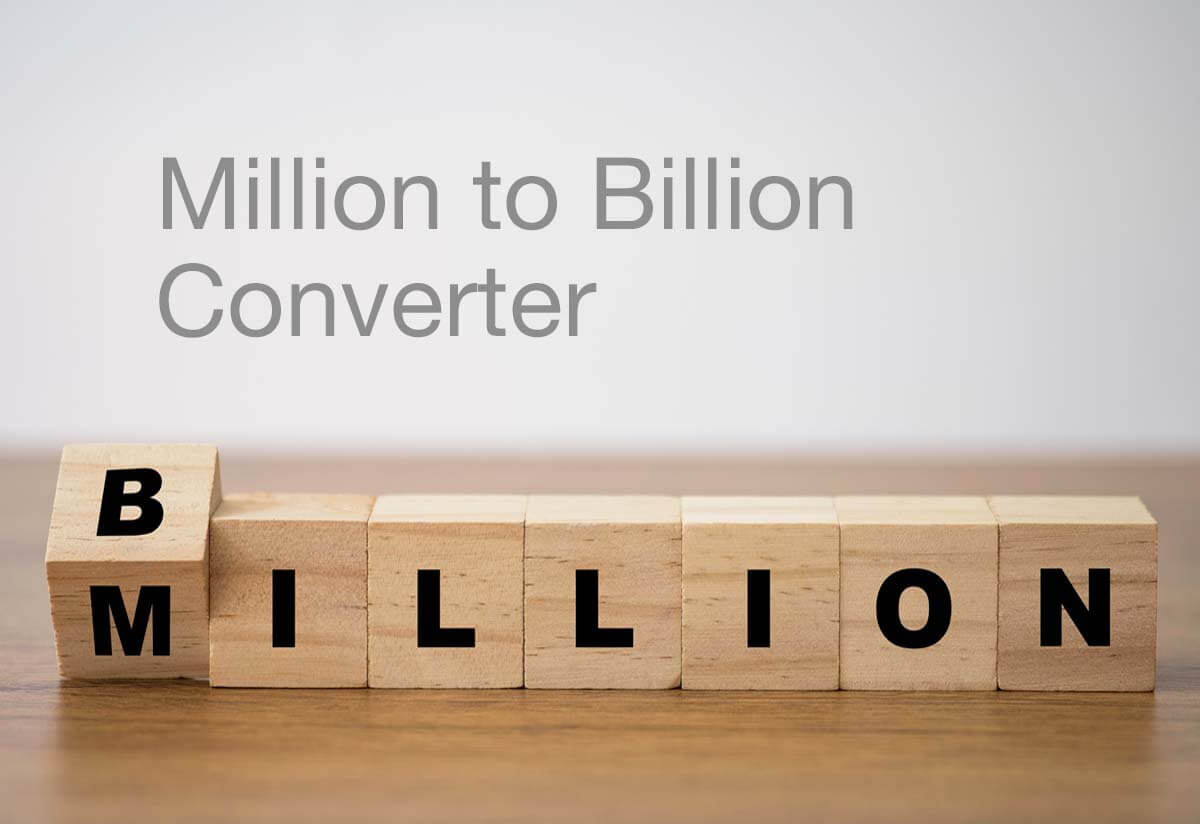
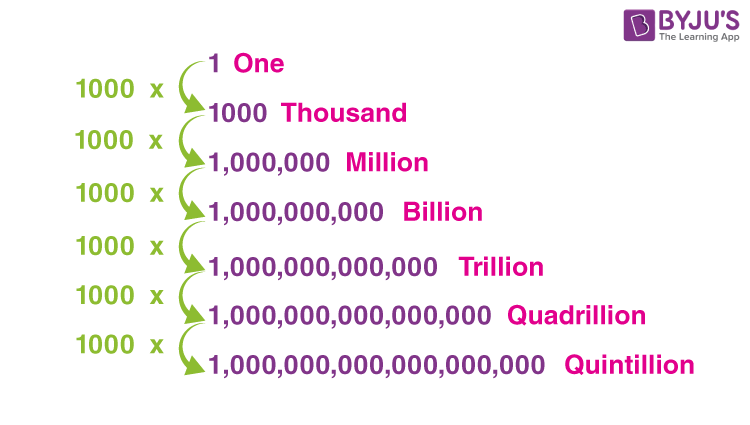
:max_bytes(150000):strip_icc()/BiggerThanMillion-58b734085f9b5880803990ff.jpg)

